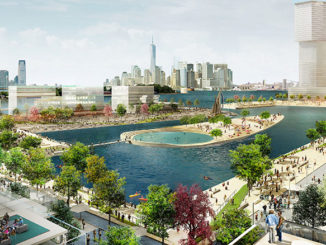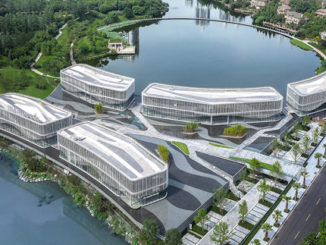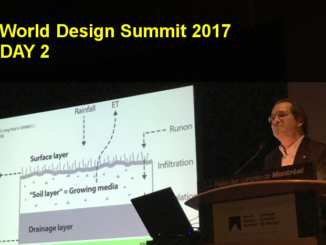Whilst growing up in Australia in the 1970’s and 80’s the greatest environmental concern was the hole in the Ozone Layer. Fortunately, many nations signed up to the Montreal Protocol in 1987, and we have seen the reduction in the use of CFC’s and thankfully recent studies are showing signs that the Ozone layer hole is healing.
I have the same hopes for the Paris Climate Agreement signed in 2015 and that we should be positive about the future as we see a groundswell of public opinion pushing for change and see the awareness and risk perception increasing across the world about the perils of Climate Change.
The world is facing a variety of environmental and social problems in cities, towns, and villages. Landscape Architects are problem solvers who understand the complexity of problems at a macro scale allowing them to be able to work with all disciplines to provide solutions that are holistic in their approach.
The advancement and decreasing costs of technology is allowing us to more readily collect information in numerous formats allowing us to undertake analysis, and therefore model and implement solutions. With technology, we are also more empowered than ever to share research and projects through websites, social.media, and webinars.
Research & Prototyping
Growing university and practice-led research are leading to new solutions for problems that we face. PEG landscape architects have been working on researching and understanding the Delaware River in Philadelphia to transform the hard river edges into living shorelines. Their team sort to determine the best locations for wetlands and vegetated edges. However, when they started their research, the geospatial data available for the shoreline and river was either incomplete or missing. The team used a water drone with GPS and depth finder to collect data on the river edge.
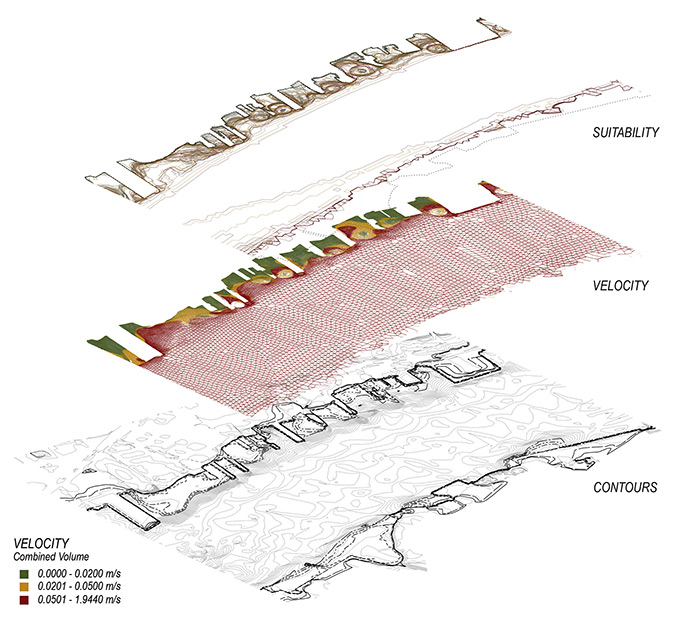
After analysing the data with geospatial analysis, computational flow dynamics and parametric software PEG were able to develop a new design methodology: generative analysis.
With these new computational tools, and analytic data we can now directly inform design formation and organisation of the water edges. These tools have greatly expanded the ability to engage and guide complex physical processes and allow for prototypes to be developed for the Delaware River.
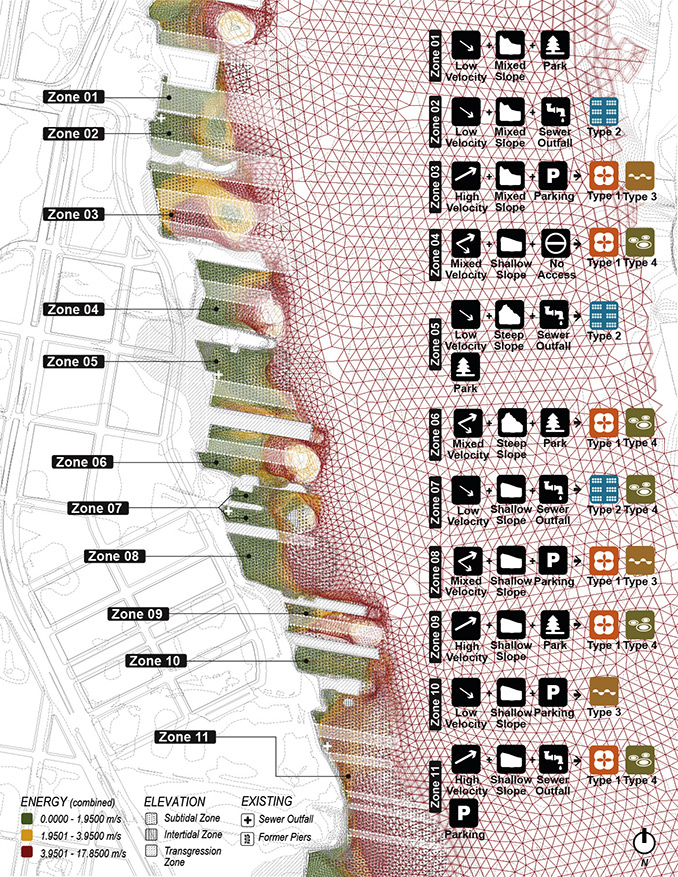
Resilient Landscapes
Resilient landscapes are adaptive and are able to retain their structure whilst accommodating environmental pressures and often extreme events. Yanweizhou Park is in Jinhua, China is a resilient landscape that accommodates annual flooding during monsoon season. The original plan by the city was to build flood walls along the river to create a dry parkland but destroy the wetlands, however, the landscape architecture team from Turenscape devised a more soft and resilient solution by utilising the existing wetlands and by also constructing terraced river embankment.
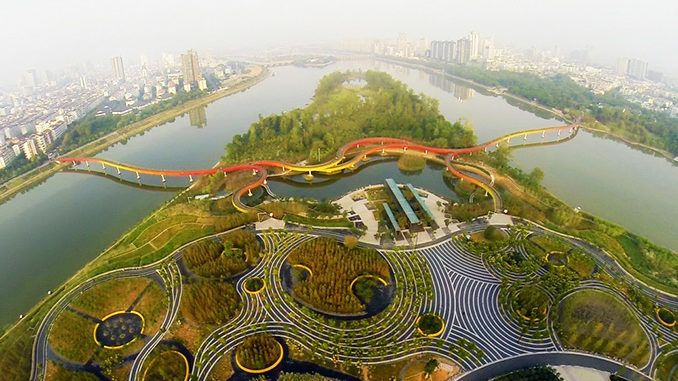
The design uses river currents for inspiration for the design and local cultural references for the curvilinear paths and serpentine bridges. The 700m long bridges connect communities from the 3 rivers and is elevated above the 200-year flood level while the ramps and paths are flooded on the lower wetland areas during a 20-year flood.
The design utilises permeable paving, bioswales, and terraces to treat the water before it enters into the open water in the wetland. During the flooding events, the terraced structure and paths survive with the flood with the flood-adapted native vegetation returning after the floods recede.
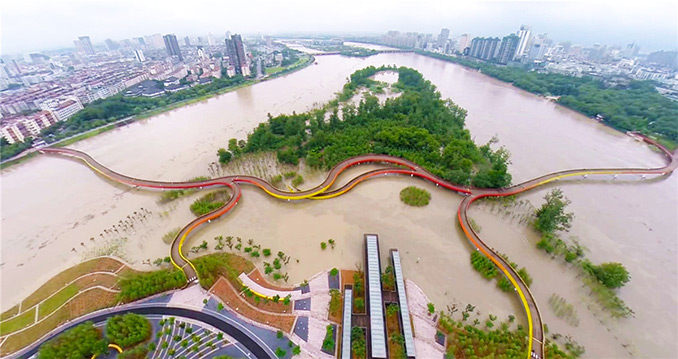
This project is a successful example of creating a resilient landscape that is a flexible, and adaptive to environmental and programmatic uses. It is a hybridised landscape that supports the environment and social functions of the city.
Climate Adaptation
We are starting to see the Climate Adaptation and Climate Engineering take place in places such as Katwijk, in the Netherlands. Where the city and landscape architecture firm OKRA seek to improve the coastal defence of the village.
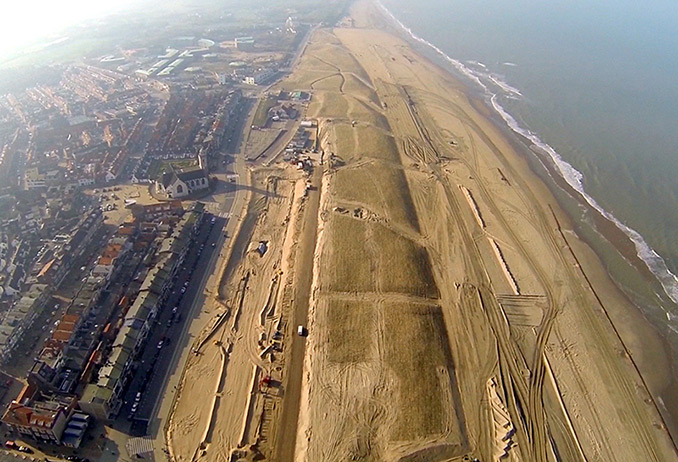
The implemented design is a stone embankment covered by a broad sand dune that is planted with grasses. The dune also includes a 650 space underground carpark that is hidden from view along with an amphitheatre and path network.
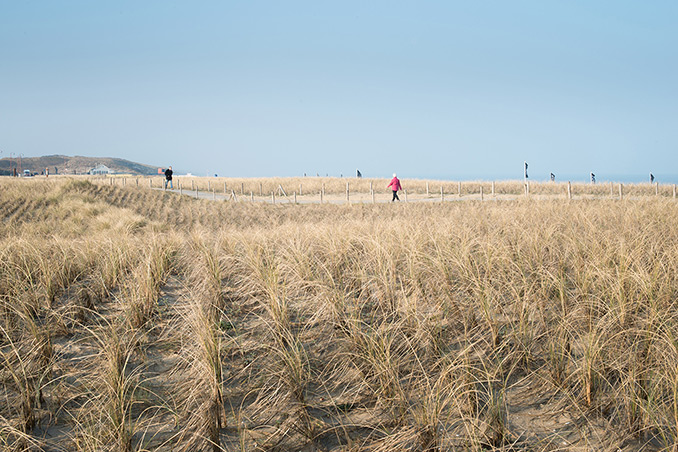
The view lines to the beach from the village where blocked by the new dunes, however, OKRA ensured that the main view lines informed the design of the path connections to the beach. The design creates an environmentally sensitive design to a problem that many cities will face in the coming future.
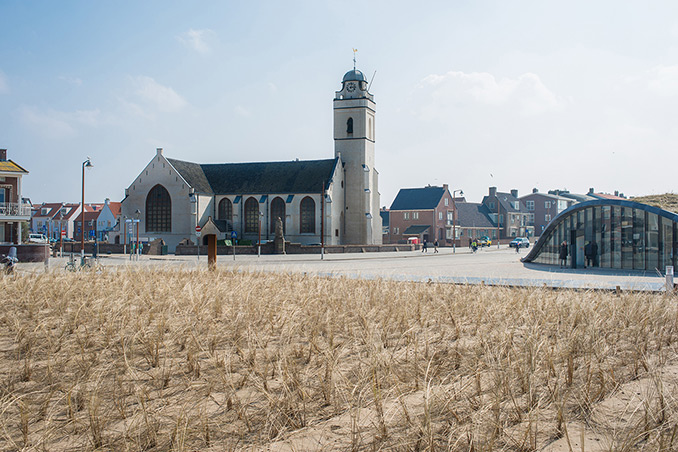
These examples show that the outlook for the future is positive as we utilise technology and design to create landscape solutions that are a hybridisation of environmental and programmatic requirements, allow us to meld these two often competing pressures into positive solutions.
Presented by Damian Holmes – World Landscape Architecture at the World Design Summit in Montreal – October 16, 2017
Image Credits | As captioned

